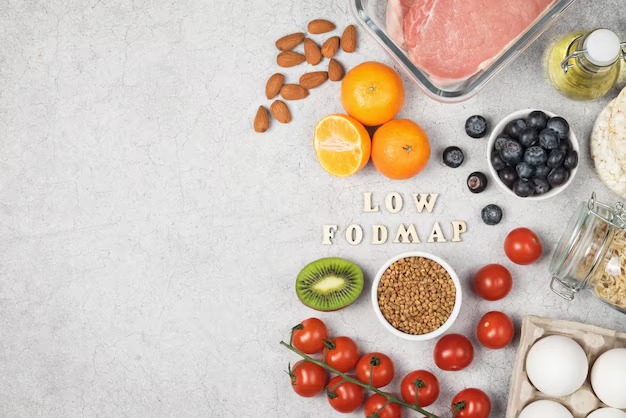Understanding How Diet Impacts Osteoporosis: What You Need to Know
Osteoporosis, a condition characterized by weakened bones and an increased risk of fractures, silently affects millions worldwide. While genetics and age play significant roles in its development, dietary habits are crucial in managing and potentially preventing osteoporosis. Discovering the optimal diet for bone health may not only add life to your years but also increase your vitality and quality of life.
The Dietary-Bone Health Connection
A diet rich in specific nutrients is foundational for maintaining strong bones. Calcium and vitamin D are the cornerstone nutrients for bone health. Calcium provides the structural component of bones and teeth, while vitamin D enhances calcium absorption in the gut. For most adults, it is recommended to consume about 1000 mg of calcium per day, with an increase to 1200 mg for women post-menopause and men over 70. Similarly, an intake of 600 to 800 IU of vitamin D daily is suggested, though sunlight exposure significantly affects vitamin D synthesis.
Moreover, other nutrients also promote bone health:
- Protein aids in bone formation.
- Magnesium and zinc assist in skeletal development.
- Vitamin K and Vitamin C support collagen formation and bone matrix maintenance.
In addition to these nutrients, maintaining a balanced diet with fruits, vegetables, lean proteins, and whole grains further boosts bone resilience. Minimizing sodium consumption, limiting caffeine, and avoiding excessive alcohol can also help prevent bone density loss.
Read the Labels: Foods to Favor and Avoid
Incorporate into your diet:
- Dairy products: Milk, cheese, and yogurt are excellent calcium sources.
- Leafy greens: Kale, broccoli, and bok choy provide calcium and Vitamin K.
- Fatty fish: Salmon and mackerel are high in Vitamin D.
- Nuts and seeds: Almonds and sunflower seeds offer magnesium and zinc.
Avoid or limit:
- Processed foods: Often high in sodium.
- Excessive caffeine: Found in coffee, tea, and energy drinks.
- Sugary beverages: Including carbonated soft drinks.
Seeking Broader Support: Financial Assistance and Education Programs
Taking proactive steps for better health can sometimes involve costs that many find prohibitive. Fortunately, numerous programs exist to help ease this burden, making a healthier diet more accessible. On a broader level, access to educational resources can empower individuals to make informed dietary choices.
Financial Assistance and Credit Options
- Supplemental Nutrition Assistance Program (SNAP): Provides financial assistance for purchasing healthy foods.
- WIC Program: Supports women, infants, and children in accessing nutritious foods.
- Medicare and Medicaid: Offers coverage that may include nutrition counseling and medical nutrition therapy.
Educational Opportunities
- Online Courses on Nutrition: Many organizations offer free courses, enabling individuals to understand nutrition better.
- Local Health Workshops: Often offered by community centers or hospitals, these workshops can guide dietary planning.
While genetic factors contribute significantly to osteoporosis, the role of a balanced diet cannot be understated. By emphasizing nutrient-rich foods and understanding potential financial aid resources, you can make strides toward healthier bones and an enriched life.
Quick Resources List for Financial and Educational Support:
- 🥦 SNAP: Supplements income for purchasing nutritious foods.
- 👶 WIC Program: Aids women, infants, and children with healthy food options.
- 🏥 Medicare/Medicaid: Covers nutritional counseling in certain cases.
- 🎓 Online Nutrition Courses: Free educational resources to learn about diet impacts.
- 🏠 Community Health Workshops: Local events to aid dietary education.
With the right dietary choices and financial tools, safeguarding your bones for the future becomes a practical and achievable endeavor.

Related Topics
- a Nurse Is Caring For a Client Who Has Osteoporosis.
- a Percutaneous Is Performed To Treat Osteoporosis Related Compression Fractures
- Can Alcohol Cause Osteoporosis
- Can I Do Pilates If I Have Osteoporosis
- Can I Reverse Osteoporosis
- Can Men Get Osteoporosis
- Can Osteoporosis Affect Teeth
- Can Osteoporosis Be Cured
- Can Osteoporosis Be Painful
- Can Osteoporosis Be Reversed